By Rabbi Yair Hoffman for 5tjt.com
TWO QUESTIONS
A number of years ago, Rav Avrohom Ausband, the Rosh Yeshiva of Telshe in Riverdale was approached by a down-on-his-luck FBI informant with a plan to make a lot of money. Rav Ausband flatly refused. The FBI informant tried again. Rav Ausband explained that he would never ever consider doing something illegal. A few months ago, in a controversial and viral recording, Rav Ausband came out against wasteful spending by some of our more wealthy gvirim.
So question #1 is: Where did Rav Ausband get his moral strength and fortitude?
THE MAHN
Today is the Tuesday where everyone and his or her cousin will recite Parshas HaMahn. Numerous Torah internet sites will link to the parsha of the miracle of the Mahn and explain that one will become wealthier if we recite this section (Shmos 16:4 until the Omer is one tenth of an Aifah) on Tuesday of Parshas B’Shalach). They will instruct us that it must be said twice in the Hebrew and once in the Targum. Rabbeinu Bachya (Shmos 16:16) writes, “it is a tradition in the hand of the sages that whoever recites the parsha of the Mahn each day is assured that he will not lose out in this world of his mezonos.”
So question #2 is: Why the Mahn? Why is this miracles singled out? How does reciting this section make us wealthier?
ONE QUESTION ANSWERS THE OTHER
To quote a Rabbinic expression – “one question answers the other.” Thoroughly entrenched in the mind of the Rosh haYeshiva is the idea that all bracha, all success, everything that we do is from Hashem. It is not kochi v’otzem yadi – the strength and power of “my hand” that brings wealth and success.
Rather, success comes from knowing within the deepest portion of our hearts the concept of “Ain Od Milvado – there is nothing else but Hashem.” Reciting the section of the Mahn does that.
Rav Saadya Gaon in the introduction to his Emunos v’Deyos explains that the Mahn was a miracle that was of a daily occurrence – the other miracles were more transient.
In the midbar, Klal Yisroel vividly saw that all our sustenance comes from Shamayim – that is it. End of story. Rav Ausband, one of the leading espousers of Torah in a citadel of Torah study sees this clearly, and this is where he got his moral strength and fortitude.
Let’s also note something else: The container of the Mahn (Tzintzenes HaMahn)was placed alongside the Aron in both the Mishkan and the Beis HaMikdash until the days of Yoshiahu the King, one hundred years before the destruction of the First Beis HaMikdash. It served as a reminder then too – that it is not the strength and power of our own hand, but all is b’yad Hashem. Success in wars, and in business always had that reminder – the tzintzenes HaMahn accomplished that and led to success.
MORE ON RECITING PARSHAS MAHN
There is another detail of its recitation. The Shaivet Mussar (Chapter 40) cites in the name of the Mekuballim that it should be recited, as mentioned earlier, shnayim mikra v’echad Targum — twice in the Hebrew and once in the Aramaic of Unkelus. The Noheg Tzon Yoseph (Siman 34), however, quotes the Shnayim Mikrah detail as having been first written by Rabbeinu Tam in his Sefer HaYashar. The Shla’s father in his Yesh Nochlin also writes this. From the Shla’s father, however, this is merely the ideal method to do so. From the Noheg Tzon Yoseph it seems that it will not be effective at all if not done shnayim Mikrah Echad Targum.
WHAT IS THE ORIGIN?
Rav Shimon Ben Tzemach Duran (1361-1444) of Algiers in his Tashbatz (Siman 184) actually cites the daily reading of it and its effect in the name of the Yerushalmi, and add the words, “And I am the guarantor.” The Tur (in OC Siman 1:5) also cites this tradition in the name of the Yerushalmi in Brachos. The Mishna Brurah (1:13) also cites this source. The problem is that it is not to be found in our version or any manuscript of the Yerushalmi. To add to the mystery, the Sefer HaManhig in hilchos Shabbos (44) cites the source as a Yerushalmi in Yuma. Yet it is not in our Yerushalmi Yuma either.
The traditional answer that is often given when Rishonim refer to Yerushalmis that have seemingly disappeared is that the term is used loosely by the Rishon and that Yerushalmi often included Midrashim that were edited in Eretz Yisroel. This won’t work here, because the Tur specifically refers to the Yerushalmi in Brachos. It must be then that the version of the Yerushalmi that the Tur had is lost.
THE VARIANT BLESSING
What is also interesting is, thus far, our sources indicate that a person will simply not lose out or suffer a loss of Mezonos. In the Midrash Talpios (section on Havdallah) , however, it writes that the entire Parshas HaMahn is mesugal for success and wealth. The nature of the blessing is ratcheted up a bit.
WHEN SHOULD IT BE SAID?
Both the Be’er Heitev and the Mishna Brurah indicate that it should be recited daily in the morning before the Korbanos are recited before Shacharis. The Otzros Chaim, however, cites the Rekanti in the name of the Zohar that it should be said after Shacharis, athough he does not actually source it. The most likely reference, however, is to the Zohar in Parshas Pinchas (226) dparnasa lo chazi l’mishal elah basar tzlusah — that requesting for one’s parnassah is only viable after praying. Since the rulings of the standard halachic Poskim generally outweigh the rulings of the mekuballim, it would seem that it would be preferable to follow the Mishna Brurah, but, as always, each person should consult his own Rav or Posaik, of course.
OTHER MINHAGIM
The Mishmeres Shalom (14:2), a Sefer written in Yiddish, states that Rav Pinchas Mikoritz cited the minhag and also added that one should further say the thirteen ikkarim of the Rambam each morning too.
HOW DOES IT WORK?
But how does it work – more precisely?
Many of the meforshim explain, as we have written, that it serves to entrench within our minds that our parnassah, our sustenance — comes only from Hashem. It seems that the daily recital of the parsha of Mahn helps us eradicate within our minds and thoughts. The Mishna Brurah writes that it is not enough to merely say it. It’s message must be fully imbibed within us.
Others write (see Minchas Asher) that the principle behind how it works lies in the fact that reciting it will build up our Bitachon in Hashem. It is a building block that accomplishes growth in our faith. While some would explain that these are both two sides of the same coin, it seems to this author that they are in fact two separable concepts. It is a Bitachon builder and we see from Rashi in Dvarim “Bo’u ureshu that the more Bitachon we have, the more success we have in life.
There seems to be a third method, taking a less mystical approach. The reading of the Parsha serves to calm a person’s anxieties about struggling for Parnasah, and thus helps him focus better through the understanding that all is from Hashem. This seems to be the understanding of the Tzemach Tzeddek (Parshas HaMan, Shin 5644 referenced in index page 100). The less anxieties we have – the more successful we become.
THE TUESDAY OF BESHALACH MINHAG
What is fascinating is that what is of recent origin is the Tuesday of Parshas b’Shalach aspect of it. The earlier sources recommended reciting it daily, and not just one day out of the year.
So when exactly did the newer custom of reciting it on one particular Tuesday in the year arise? And who was it that promulgated the new twist on the Minhag? Some trace it to Rav Menachem Mendel of Riminov (1745-1815), one of the five main disciples of the Rebbe Elimelech of Lisensk. Others trace it to Rav Shalom of Stropkov (1855-1940) (See Yisroel V’Hazmanim, Rav Dovid Rossov p. 291). It is clear, however, that Rav Shalom was quoting the Riminover and did not make it up himself. The original Sfer of the Riminover is not easily accessible as only the first volume is readily extant.
IF ONE’S MINHAG IS NOT TO SAY IT
Most people, of course, do not have the minhag to say it on this day, and some remain firm in this Minhag. Rav Ovadiah also writes that this is not their minhag. There is a fascinating Rabbeinu Yonah in his Shaarei Teshuva (3:17) where he writes that it is a Torah Mitzvah to remember the falling of the Mahn. That being the case, it doesn’t hurt to recite it if it will help us focus on this Mitzvah.
NOT FOUND IN SIDDURIM
The Aruch haShulchan points out that in his time, the Parshas HaMan was not found in the siddurim, if it ever was. He explains its absence in the siddur as stemming from the fact that the Parsha mentions a number of times the embarrassing detail that Klal Yisroel nagged and complained, and it would be improper to permanently place that in our Siddurim. Nowadays, many of the siddurim have printed it, notwithstanding the Aruch haShulchan’s ethos on the issue.
A CAVEAT FOR EVERYONE
Rav Shmuel Hominer in his Chumash Eved HaMelech (Shmos page 42) brings out a fascinating and yet obvious point. When reciting the Parshas HaMahn one should take care NOT TO RECITE IT AS A SEGULAH. Why? So that he will not be serving Hashem al menas lekabel pras – on condition of receiving reward. Let’s not forget the yesodos of Yiddishkeit,the fundamentals of our serving Hashem – as found in Pirkei Avos.
The author can be reached at [email protected]

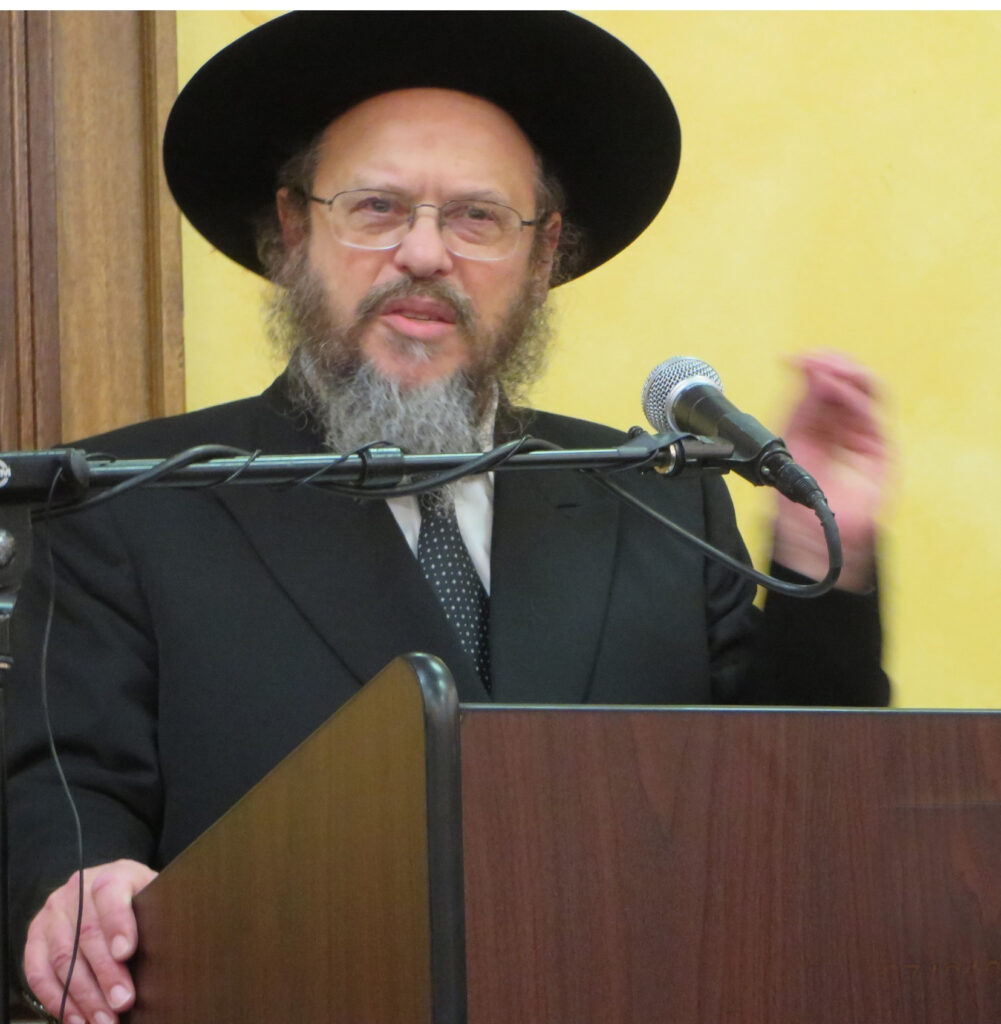

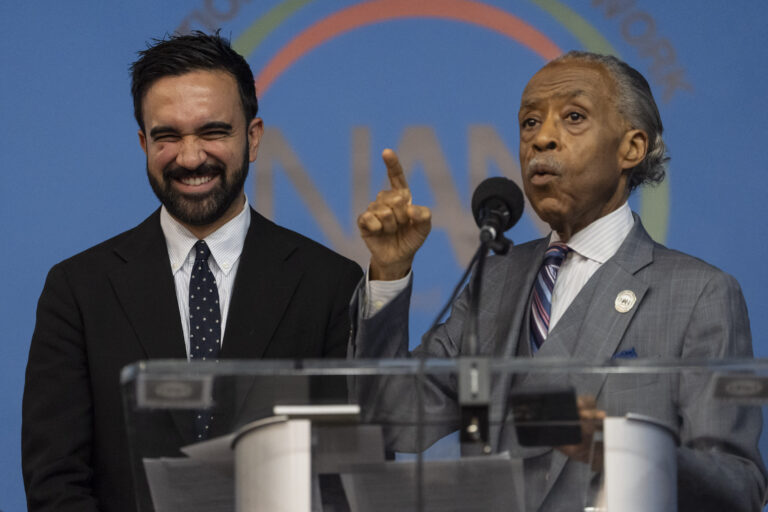

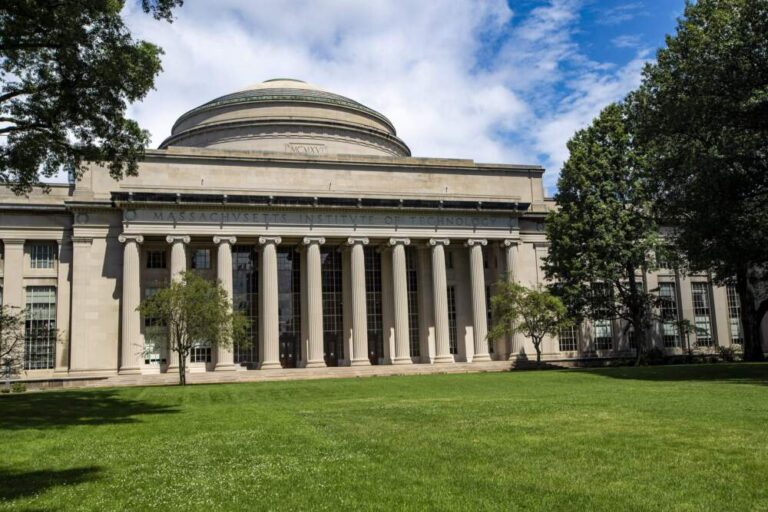
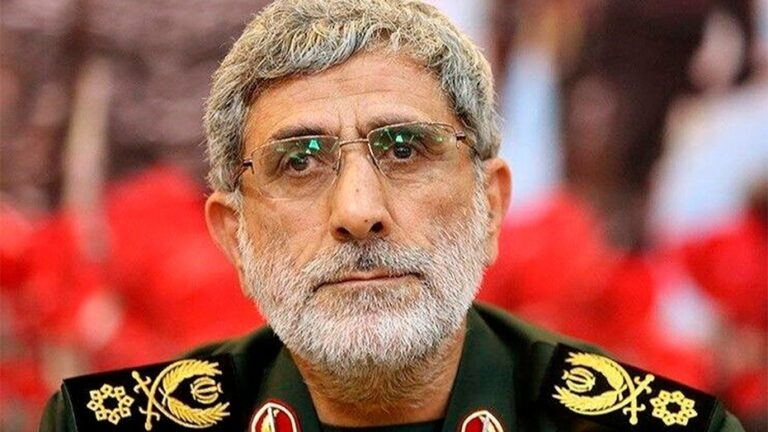
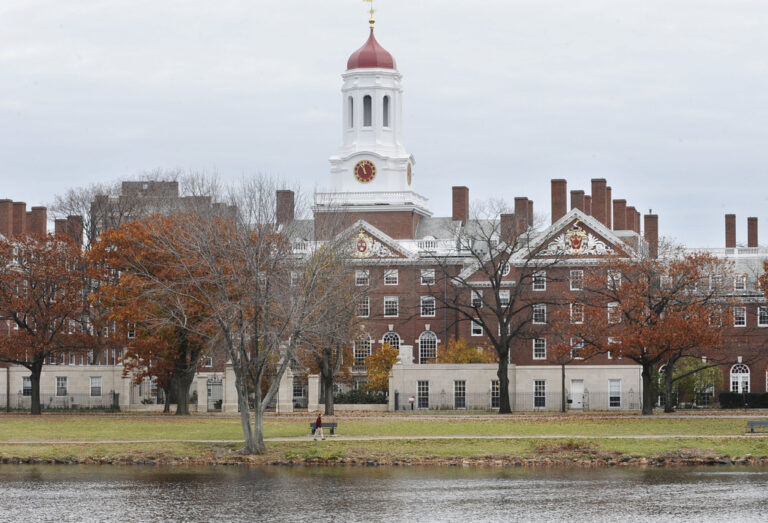

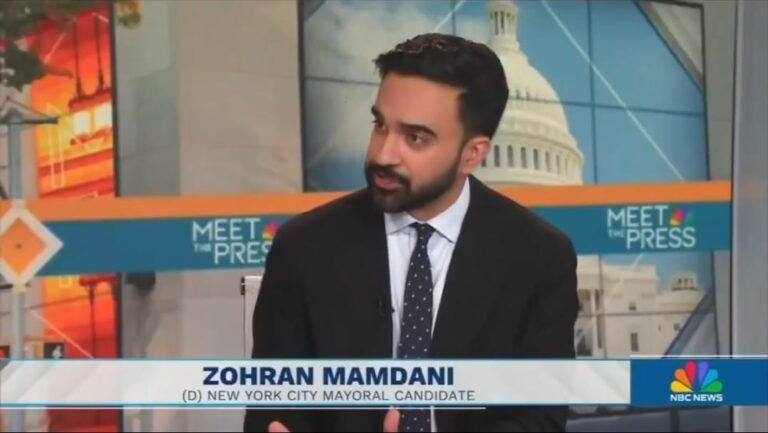


2 Responses
Clickiest click bait yet.
Also called גנבת דעת.
The article is about פרשת המן, the whole R Ausband shlita part is irrelevant.
A few months ago, in a controversial and viral recording, Rav Ausband came out against wasteful spending by some of our more wealthy gvirim.
Why is this necessary to the article? Are you going to mention other speeches he gave in the past few months which I’m sure he did, or is it only the controversial ones that get mentioned?